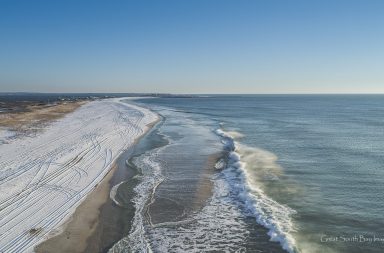By Carl LoBue
Since it began over a decade ago, the race to protect New York’s diamondback terrapin has been slower than a turtle’s pace. But this past spring, at the behest of over 60 scientific experts, the New York State Department of Environmental Conservation (DEC) announced that it was prepared to close the directed harvest of wild terrapins throughout New York. And last week, DEC released another proposal that would finally align New York with almost every other state by requiring that crab traps in certain areas contain devices that prevent terrapins from entering the traps and drowning. The devices are small, inexpensive metal or plastic rectangles called bycatch reduction devices (BRDs) or “excluders.” The DEC is seeking comments on the proposed rule by August 25, 2017.
Diamondback terrapins are New York’s only brackish water turtle. They were traditionally found in salt marshes all around Long Island and the lower Hudson. Coastal development, bulkheads (terrapins can’t climb walls), wetland loss, and recent toxic algae blooms all threaten terrapin populations. But one of the saddest and most easily preventable sources of mortality for terrapins is drowning in crab traps. Same as the crabs, terrapins seek out the bait in the traps, but unlike the crabs, terrapins must come to the surface to breath. When trapped below the surface, terrapins struggle inside the traps and eventually drown.
In 2014, New York State’s Marine Resources Advisory Council, (made up of New York fishing industry members), recommended that DEC require the use of terrapin excluder devises in all crab traps used everywhere in New York waters. The excluders prevent all but the smallest terrapins from entering crab traps without excluding the targeted blue crabs. After receiving feedback from some commercial crabbers, the DEC modified the proposal to exempt much of the open bay waters (where terrapins are less prevalent), focusing instead on harbors, creeks, coves, and tributaries that are most preferred by terrapins. While falling short of the universal protection originally proposed, this compromise accommodated concerns that some crabbers raised about the excluders reducing their catch of whelk, and other valued crab trap bycatch by exempting traps fished in the open bays.
Crabbers also expressed concern about the cost of the excluders, so, The Nature Conservancy’s Long Island Chapter and Seatuck Environmental Association agreed to purchase and freely distribute over 7,000 excluders to commercial and recreational crabbers, and tackle shops that might need to update their trap inventory. Going a step further, The Nature Conservancy worked with a Brookhaven commercial crabber who tested and ultimately identified an excluder design that would work best in the kinds of traps most frequently used in Long Island’s south shore bays. With feedback on design, assistance from a Freeport junkman and a local Boy Scout Troup, and a generous donation by the Kazickas Family Foundation, The Nature Conservancy contracted with a US manufacturer that used US stainless steel to construct excluders specifically for this effort.
Story continues with video on page 2




